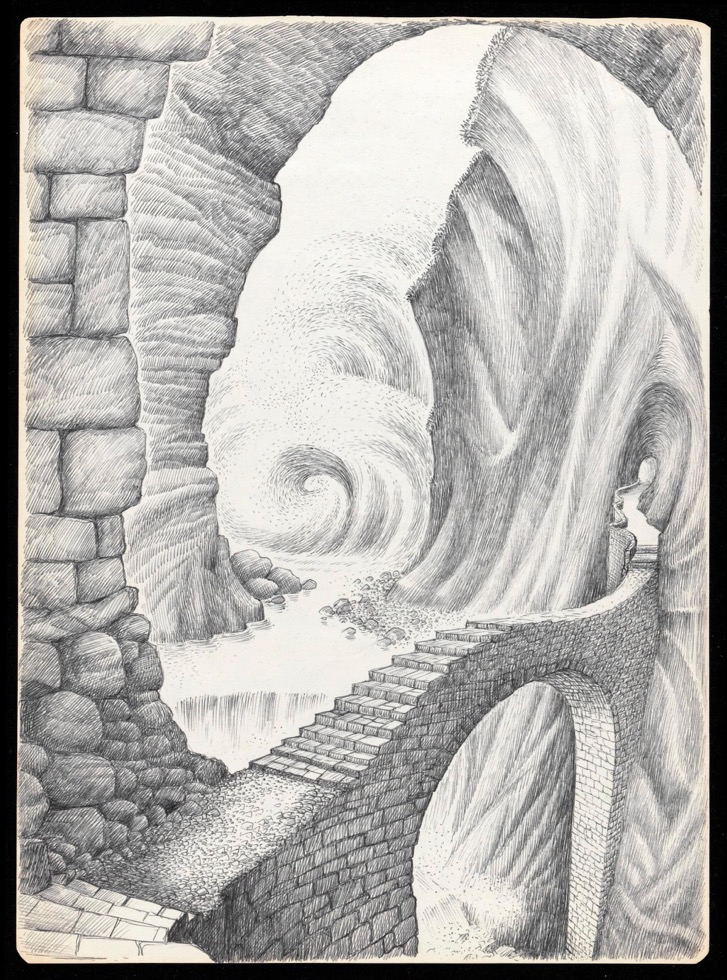
Depictions of dreams of a patients in Jungian analysis by M.A.C.T., 1970s. Source: Wellcome Collection



Depictions of dreams of a patients in Jungian analysis by M.A.C.T., 1970s. Source: Wellcome Collection

The Hand of the Philosophers is an alchemical symbol first appearing in Isaac Holland’s Die Hand der Philosophen, 15th century. Each feature of the hand corresponds to a quality, element and/or ingredient of the alchemical process. The thumb features a crown & quarter moon and represents the chemical saltpetre, which Holland calls “The King & Lord of all salts.”
The index finger features the star with six points, the meaning of which is only available to initiated alchemists, and the salt Roman Vitriol. The middle features the Sun, and represents Sal ammoniac. Above the ring finger is a lantern, representing alum. The little finger represents both the lock and key of the “hand” as well as common salt. In the palm, the fish represents Mercury, and the fire is just fire.
Images: Sammlung Alchymistischer Schriften, 18th century, Die Hand der Philosophen, 15th century
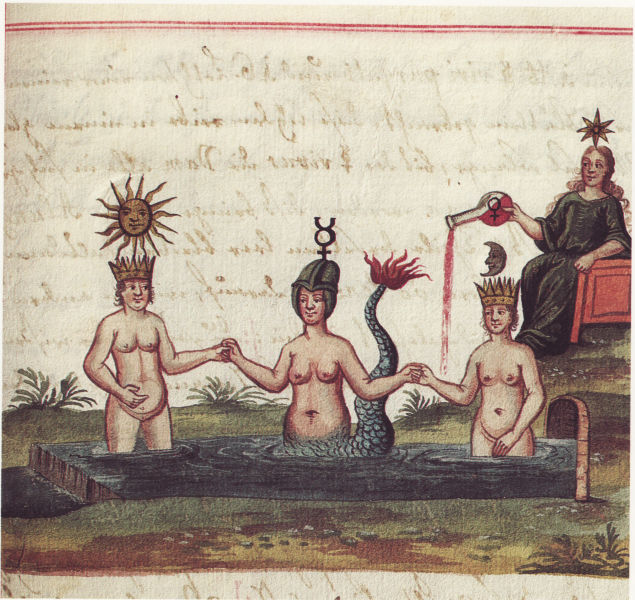
Heavenly bodies are essential in alchemy, particularly the sun, moon, Venus, Mars, Mercury, Jupiter and Saturn. Symbols of these planets are common in alchemical art along with their Greek god counterparts, and the success of operations were sometimes tied to zodiacal time. Beyond times of the month, day and hour, these heavenly bodies also corresponded to metals, parts of the body, cardinal sins, and cardinal virtues. Images: Clavis artis, Zoroaster, 17th century and De naturae…historia, Robert Fludd, 1680
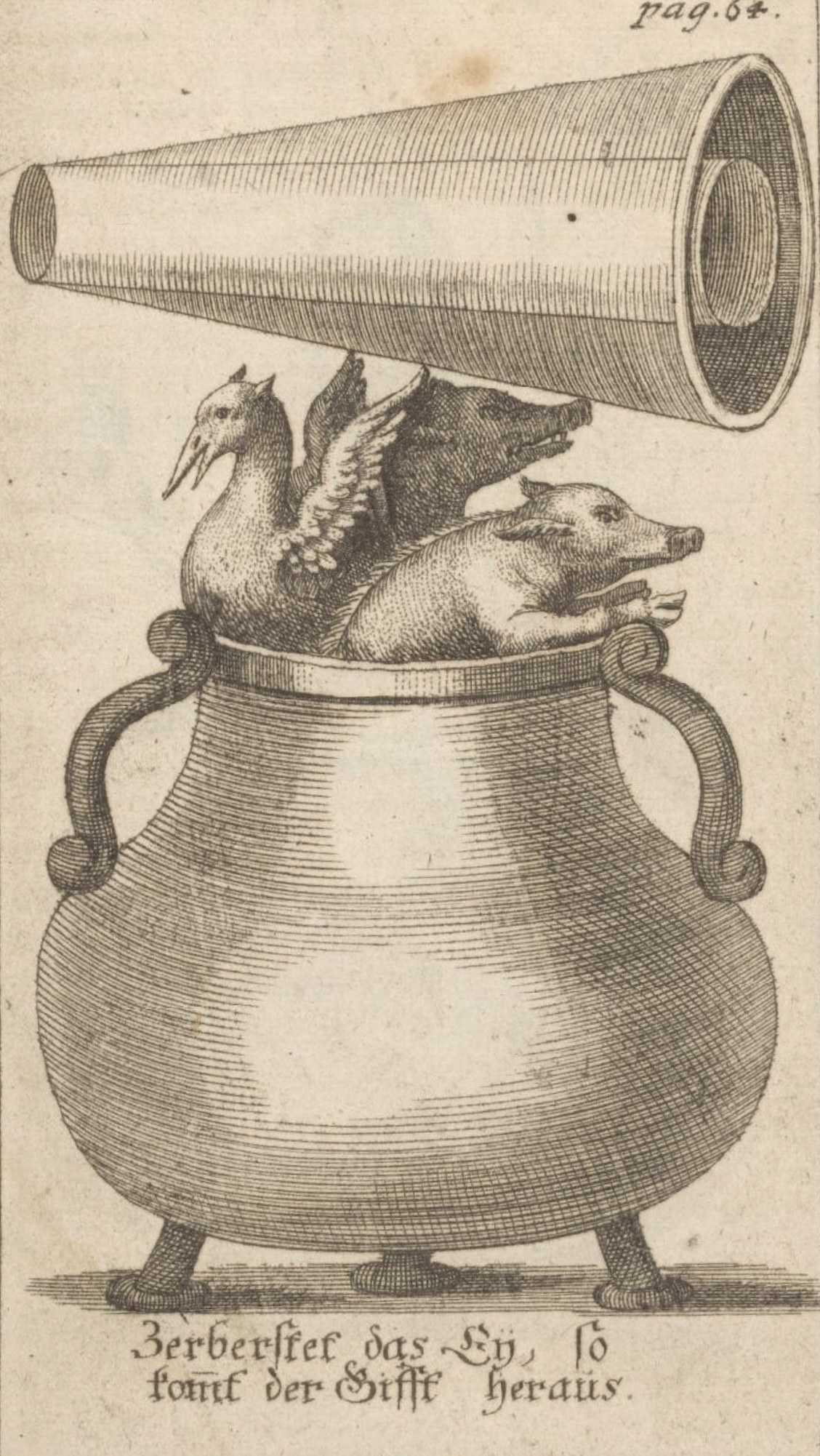
Emblems from Sammlung unterschiedlicher bewährter chymischer Schriften, Johannes Isaac Holladus & Michael Sendivogius, 1746, including The Hand of the Philosophers and a Globus cruciger. Source: Embassy of the Free Mind
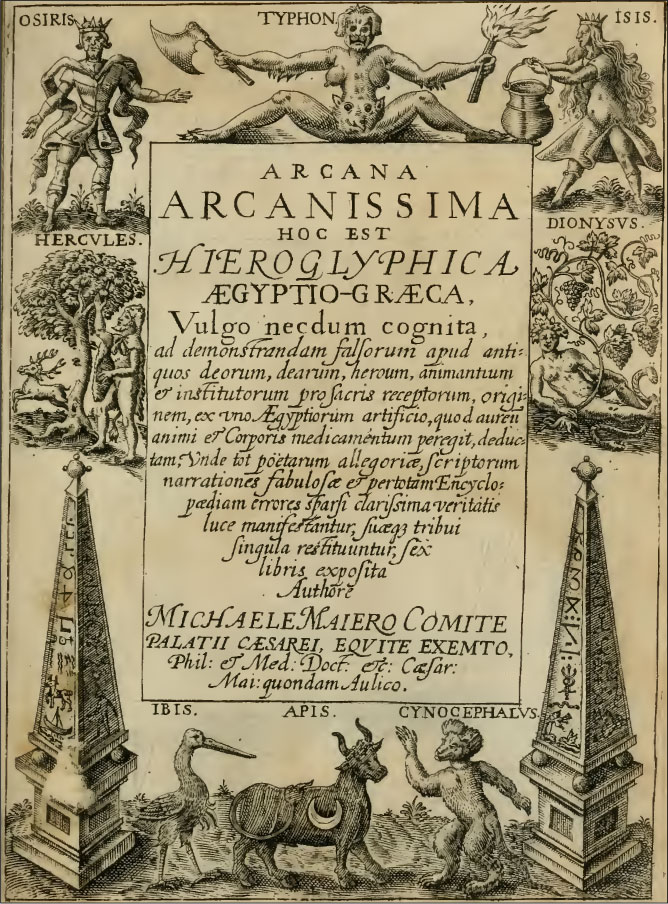
The title plate from Michael Maier’s Arcana Arcanissima, 1614. Above are three figures from the Egyptian myth of the dismemberment of Osiris by his brother Typhon, and reassembling by his sister Isis. The Greek gods Hercules and Dionysus flank the sides and below are the Egyptian mythological creatures of Ibis, Apis, and Cynocephalus.
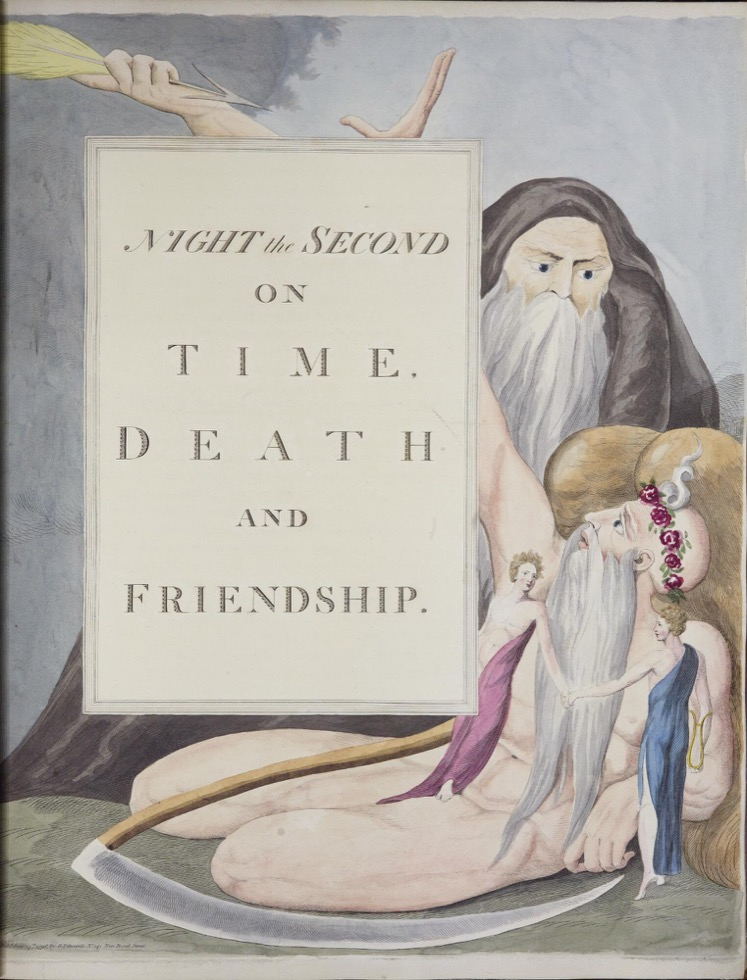
Pages from The Complaint, and the Consolation ; Or, Night Thoughts by Edward Young, 1797. Source: The John Rylands Library
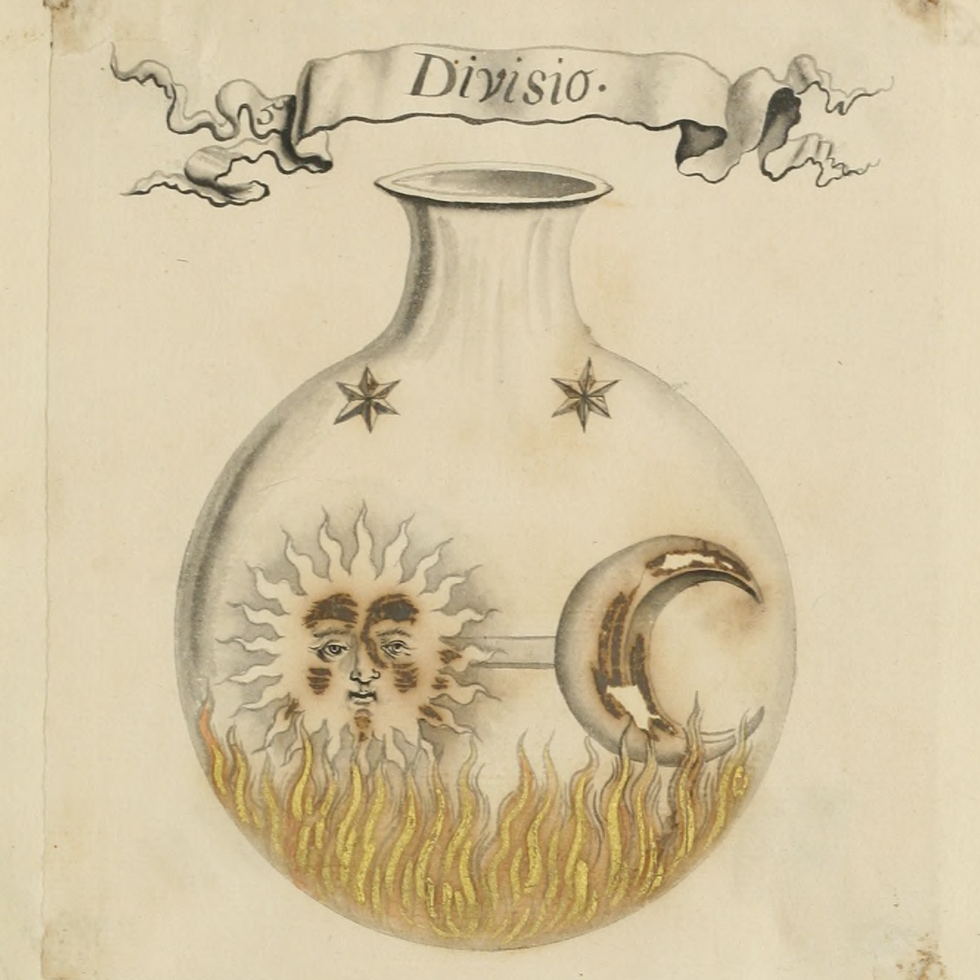
Diagrams of Alchemical Processes from Das Buch mit Sieben Siegeln, Anonymous, ca. 1700. From Manly P Hall’s Collection of Alchemical Manuscripts, Box 4.MS 19.Vol 2
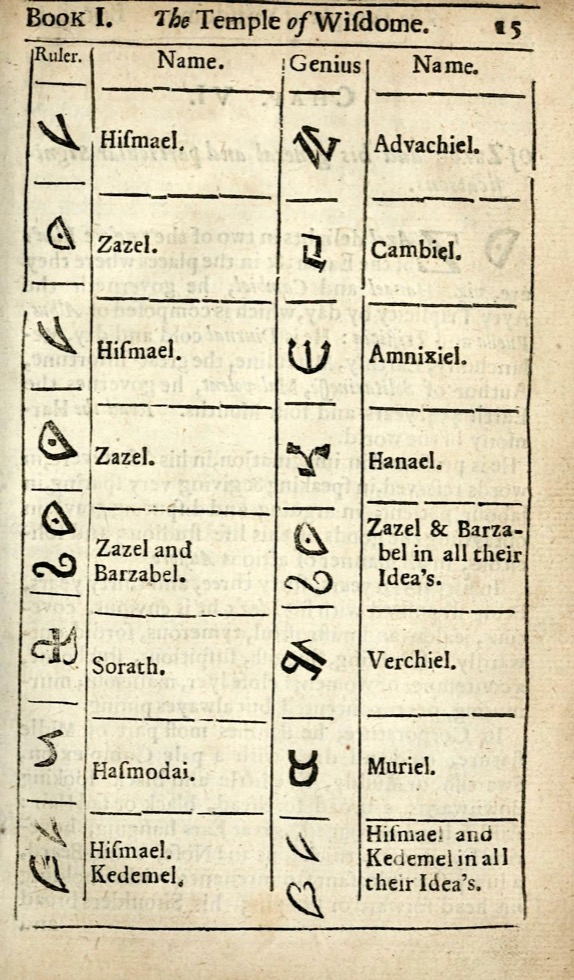
Tables showing occult correspondences of “seven rulers of the earth,” celestial spirits of the planets. The second chart shows how to recognize them in geomantic divination, and the correspondences to help with interpretation of the reading. From Theomagia, or, The Temple of Wisdome, John Heydon, 1663. Source: The Getty Alchemy Collection

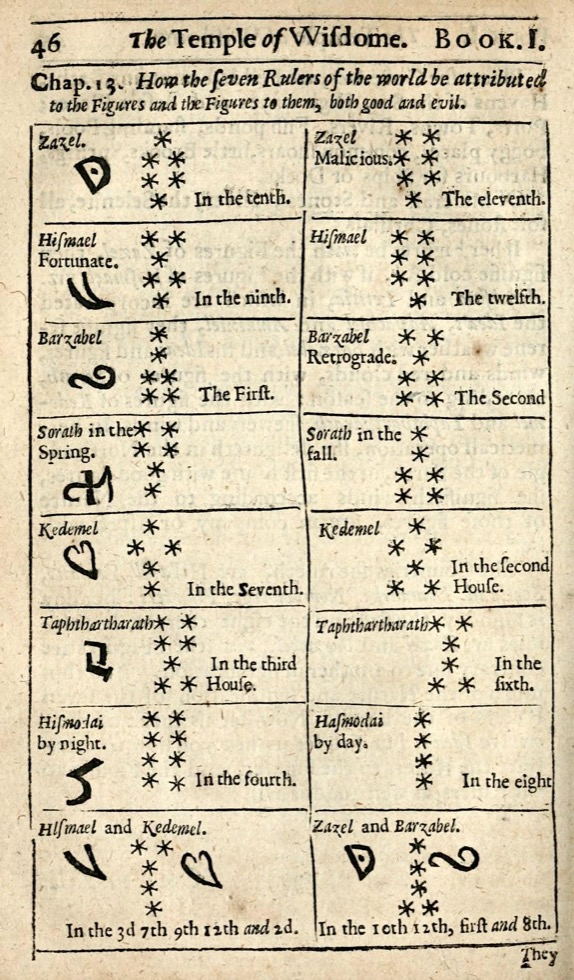
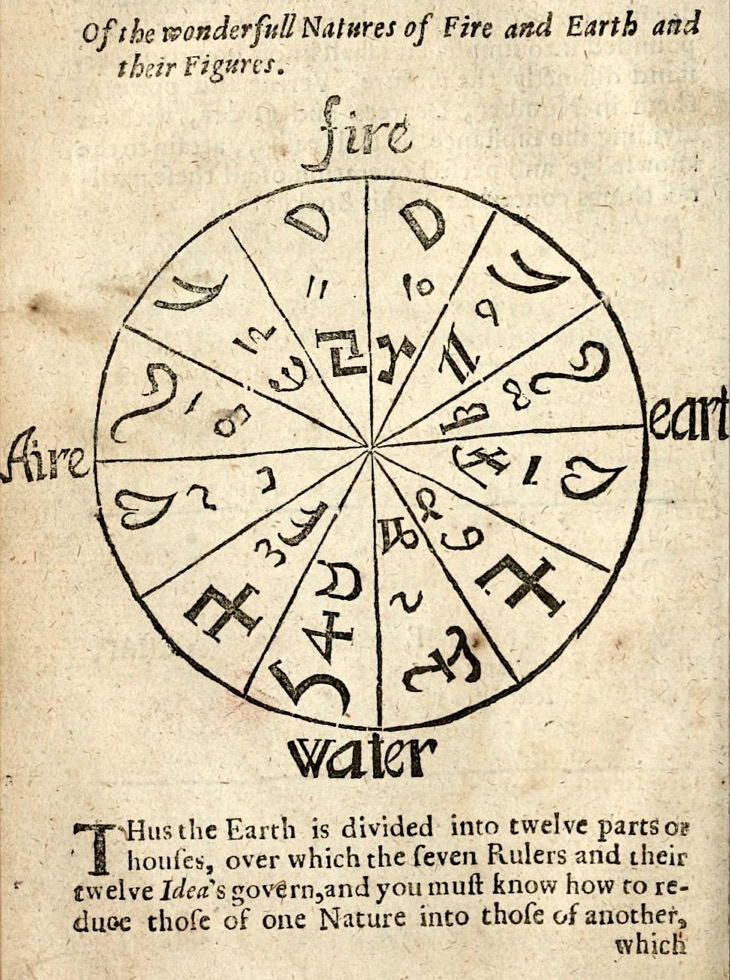
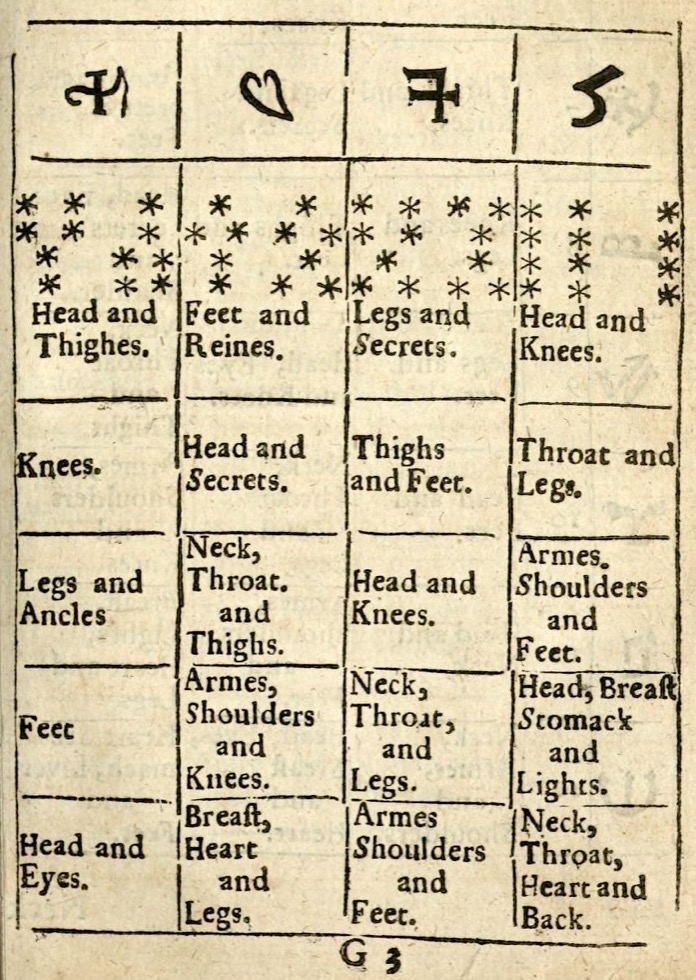

Spread found in the book Les Plus Secrets Mystères des Hauts Grades de la Maçonnerie Dévoilés (The Most Secret Mysteries of the High Ranks of Masonry Revealed) by Karl Friedrich Koppen, 1768. Source: Embassy of the Free Mind
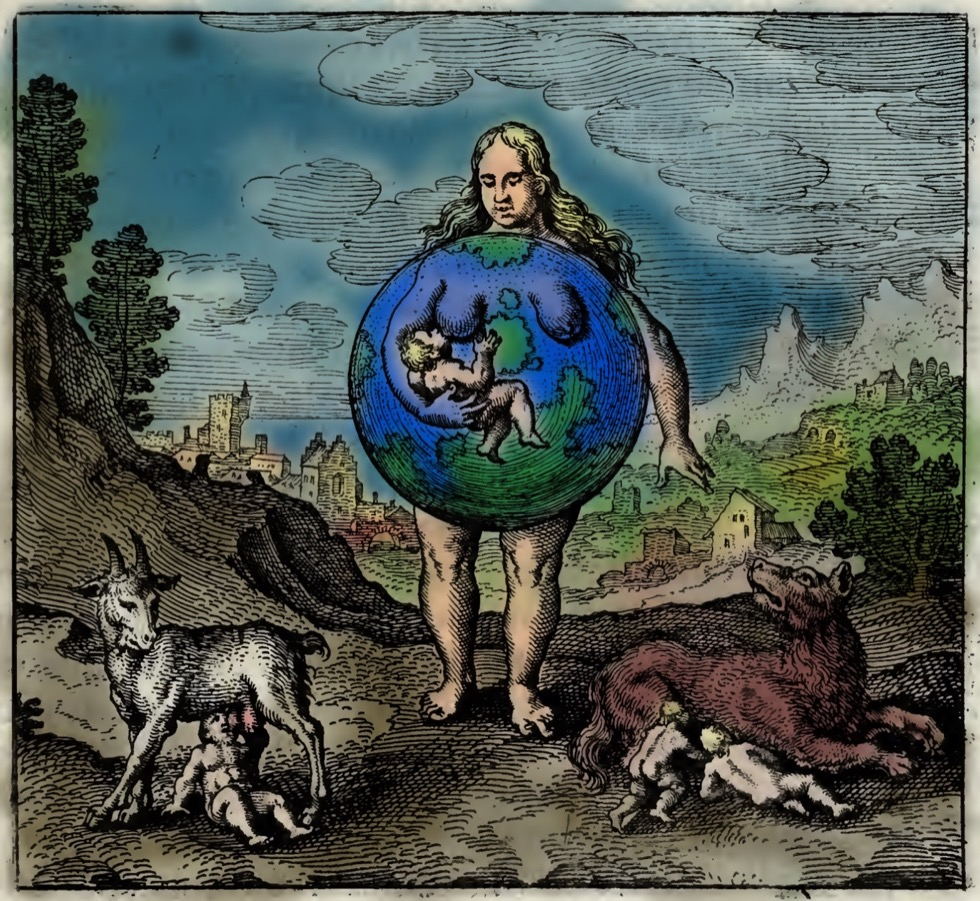
Alchemical emblem 2, Atalanta Fugiens, Michael Maier, 1618. Depicted on bottom: Romulus nursed by a wolf and Jupiter nursed by a goat. The “Child of the Philosophers”, referring to either the Philosopher’s Stone or alchemist themself, nurses from the Earth Mother. Colorized by Eve Harms, CC0. Source: archive.org